One of the things I remember about my long ago high school years is my struggle with acne. My face was prone to breakouts, and I had very little understanding of what was causing it or what to do about it. It was both frustrating and embarrassing and something I just accepted as part of puberty for me.
Once my hormones stabilized I no longer experienced huge breakouts, but even into adulthood, I would have acne pop up now and then, especially if I was stressed or around my period. I used some of those over the counter astringent face cleansers to combat it and base makeup to cover it up, but it was an ongoing issue.
Once I started learning about herbal remedies, I began to wonder if there was a DIY natural facial cleanser that could help and if the herbs could be allies for facial health. I was reading Rosemary Gladstar’s Family Herbal and was excited about the chapter called “Recipes for Radiant Beauty.”
Following her recipe, I made a beautiful astringent facial cleanser called The Queen of Hungary’s Water. I began using this DIY natural facial cleanser as part of a regular routine of facial care that began with a clay, oat, and poppy seed scrub followed with the Queen of Hungary’s Water and then St. John’s wort infused olive oil and finally a spritz of rose hydrosol.
This new routine made my face feel amazing!
And I have not had an issue with acne since I started it about 20 years ago.
I am delighted to be able to share Rosemary’s recipe with all of you so you might benefit from this lovely astringent facial cleanser as well. This can be made any time of year with dried herbs, and it’s particularly beautiful to make in the summer when all of these herbs can be harvested fresh from the garden!
The Queen of Hungary Water is an astringent skin toner that helps remove excess oil from the skin and tighten pores. When used after cleansing, it will also help remove any excess cleanser from the skin and help prepare the skin for moisturizing.
Let’s take a look at the benefits of each of the herbs in this recipe…
Lemon Balm (Melissa officinalis)
Energetically, lemon balm is cooling and drying. Rich in antioxidants, it is protective for our skin. It is also both antiviral and anti-inflammatory, so it helps reduce redness and swelling on skin and is effective in healing both acne and herpes outbreaks. Lemon balm is calming and soothing for our nervous system and also for irritated skin conditions. Lemon balm also contributes its lemony scent to this blend of aromatic herbs.
Chamomile (Matricaria chamomilla)
Chamomile is slightly warming and drying. It helps to modulate inflammation and is especially good at relieving itchy or painful skin conditions. Chamomile lends its unique and calming scent to this blend as well.
Rose (Rosa spp.)
Rose is energetically cooling. In typically amazing plant fashion it is both astringent and moisturizing when applied to the skin. Rose’s antioxidant and vitamin-rich qualities make it moisturizing for irritated tissues and helpful for easing wrinkles. As an astringent it helps to tighten and tone tissues. Rose also modulates inflammation, making it a soothing and healing herb for our skin.
Calendula (Calendula officinalis)
Calendula is warming and drying. This is a quintessential herb for skin health and is used in many salve and lotion preparations. Calendula helps to relieve inflammation: it is astringent and slightly demulcent and is helpful for itchy skin rashes, scratches, and eczema. As an antimicrobial it helps with healing for wounds and minor infections. It can improve elasticity and skin hydration and is useful for soothing the skin after a sunburn. As it relieves inflammation and pain, it also promotes new tissue growth.
Comfrey Leaf (Symphytum officinale)
Comfrey brings some cooling and moistening energy to this blend. It can help decrease pain and swelling and is soothing for burns. Comfrey is best known for its astounding wound healing effects. It is a cell proliferant, helping to increase cell growth and rejuvenation.
Lemon Peel (Citrus limon)
Lemon peels are also cooling and anti-inflammatory. They contain antioxidants, pectins, and phenols, which nourish the skin. The acidic nature of lemon helps with skin cleansing and can help to remove dead skin and stimulate new skin growth.
Rosemary (Salvia rosmarinus)
Rosemary is both warming and drying. The antioxidants in rosemary offer protection for our skin. Rosemary is also a circulatory stimulant that can help move things through the body, and when applied topically it gives us a tingling, fresh feeling. Rosemary also acts as a preservative in this combination and lends its unique scent to the blend.
Sage (Salvia officinalis)
Energetically sage is warming and drying. It adds its aromatic, astringent, and anti-inflammatory qualities to this blend, helping to tighten and tone tissues while also easing swelling and pain.
Vinegar
Okay, this one isn’t an herb, but it is a central ingredient in The Queen of Hungary Water. Like many of the herbs, vinegar also has anti-inflammatory effects. It also can help exfoliate the skin, remove dirt, absorb oils, and open pores. Vinegar is also particularly helpful in reducing acne outbreaks. It is important to dilute the vinegar when applying to skin so that it doesn’t burn — and remember to rinse after applying it.
So, without further ado, here is the recipe as Rosemary published it with my notes in parentheses.
Queen of Hungary’s Water: A DIY Natural Facial Cleanser
Having an effective facial cleanser is a must-have part of any skincare routine. Learn how to make The Queen of Hungary’s Water, a gentle cleanser that draws on the healing gifts of rose and chamomile to tone and nourish the skin.
What you’ll need…
I find this recipe to be very forgiving and just use tablespoons measurements for the parts, though you could also do it by weight.
- 6 parts lemon balm (12 tablespoons fresh or 6 dried)
- 4 parts chamomile (8 tablespoons fresh or 4 dried)
- 4 parts roses (8 tablespoons fresh or 4 dried)
- 3 parts calendula (6 tablespoons fresh or 3 dried)
- 3 parts comfrey leaf (6 tablespoons fresh or 3 dried)
- 1 part lemon peel (2 tablespoons fresh)
- 1 part rosemary (2 tablespoons fresh or 1 dried)
- 1 part sage (2 tablespoons fresh or 1 dried)
- About 1 quart apple cider or wine vinegar (enough to fill quart jar)
- ⅔ to 1 cup rose water or witch hazel extract
- A few drops essential oil of lavender or rose for scent (optional)
- Place the herbs in a widemouthed jar.
- Fill the jar with enough vinegar that it rises an inch or two above the herb mixture.
- Cover tightly and let it sit in a warm spot out of direct sunlight for 2 to 3 weeks.
- Strain out the herbs.
- To each cup of herbal vinegar, add 2/3 to 1 cup of rose water or witch hazel. (It is important to dilute the vinegar in this way rather than applying it to your skin straight to prevent burning.)
- Add a drop or two of essential oil, if desired.
- This product does not need to be refrigerated and will keep indefinitely. (Note that if you use raw apple cider vinegar to make it, vinegar mothers will form in the jar and need to be removed periodically, and I’m not sure it will actually last indefinitely, but I like Rosemary’s optimism. I know my quart lasts at least six months.)
- (My note: Soak a cotton ball in the vinegar solution and apply to face. You will likely feel a tingly or even slightly burning sensation. Rinse the vinegar from your face with cool water, dry, and then apply your moisturizer of choice — an infused herbal oil or cream, perhaps.)
This is one of my favorite recipes from Rosemary Gladstar’s extensive collection, and you can access so many more of them in her course Rosemary’s Remedies hosted on HerbMentor right here at LearningHerbs. In her book, Rosemary says that a version of this Queen of Hungary’s Water was one of the first herbal remedies that was produced and marketed on a large scale. What’s great about taking Rosemary’s class is you get even more of her personal stories and wisdom.
I’d love to see you on HerbMentor, and I hope you enjoy this beautiful recipe!
Now I’d love to hear from you…
What are your favorite herbs or herbal preparations for skin cleansing and nourishing?
Please share in the comments below.



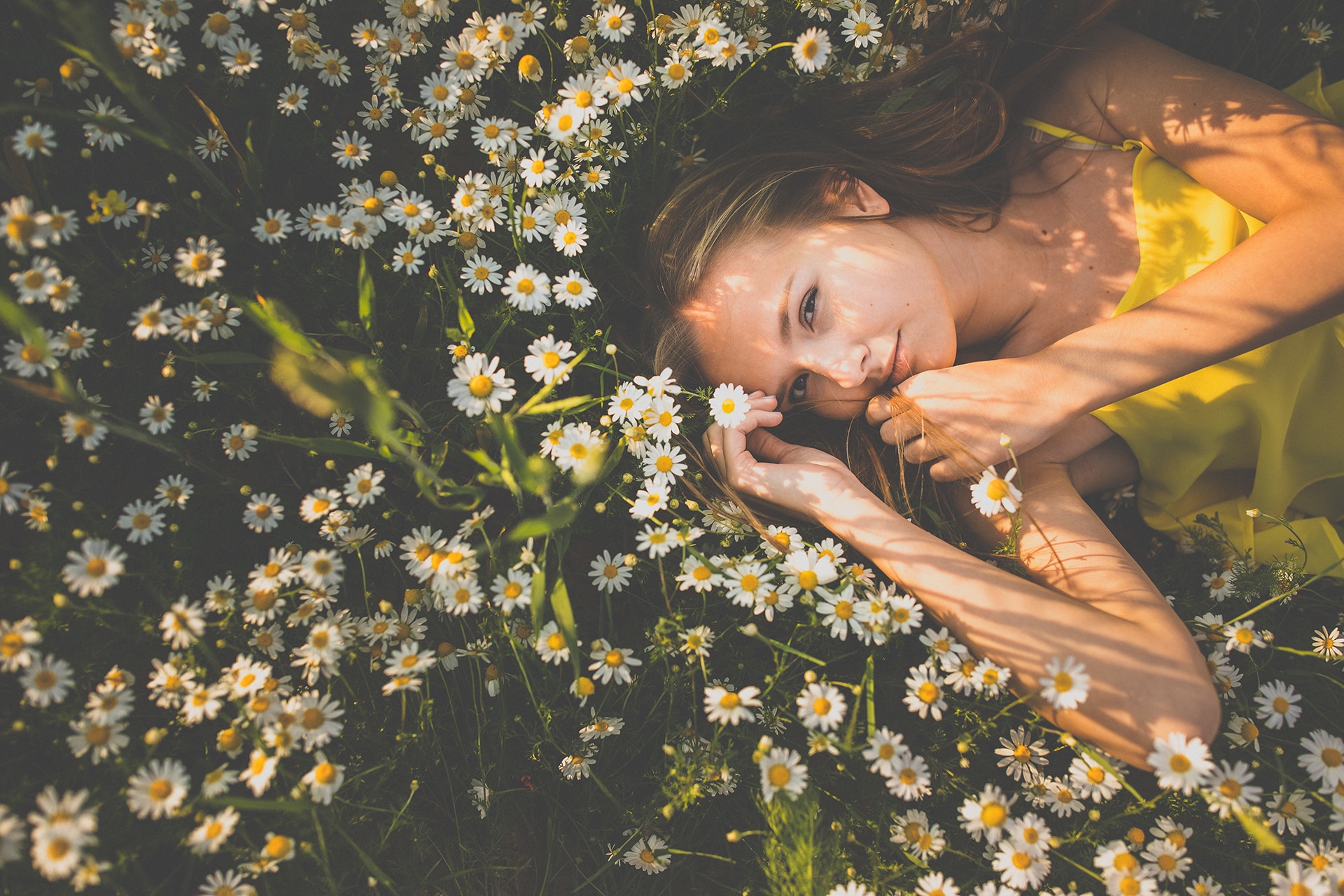
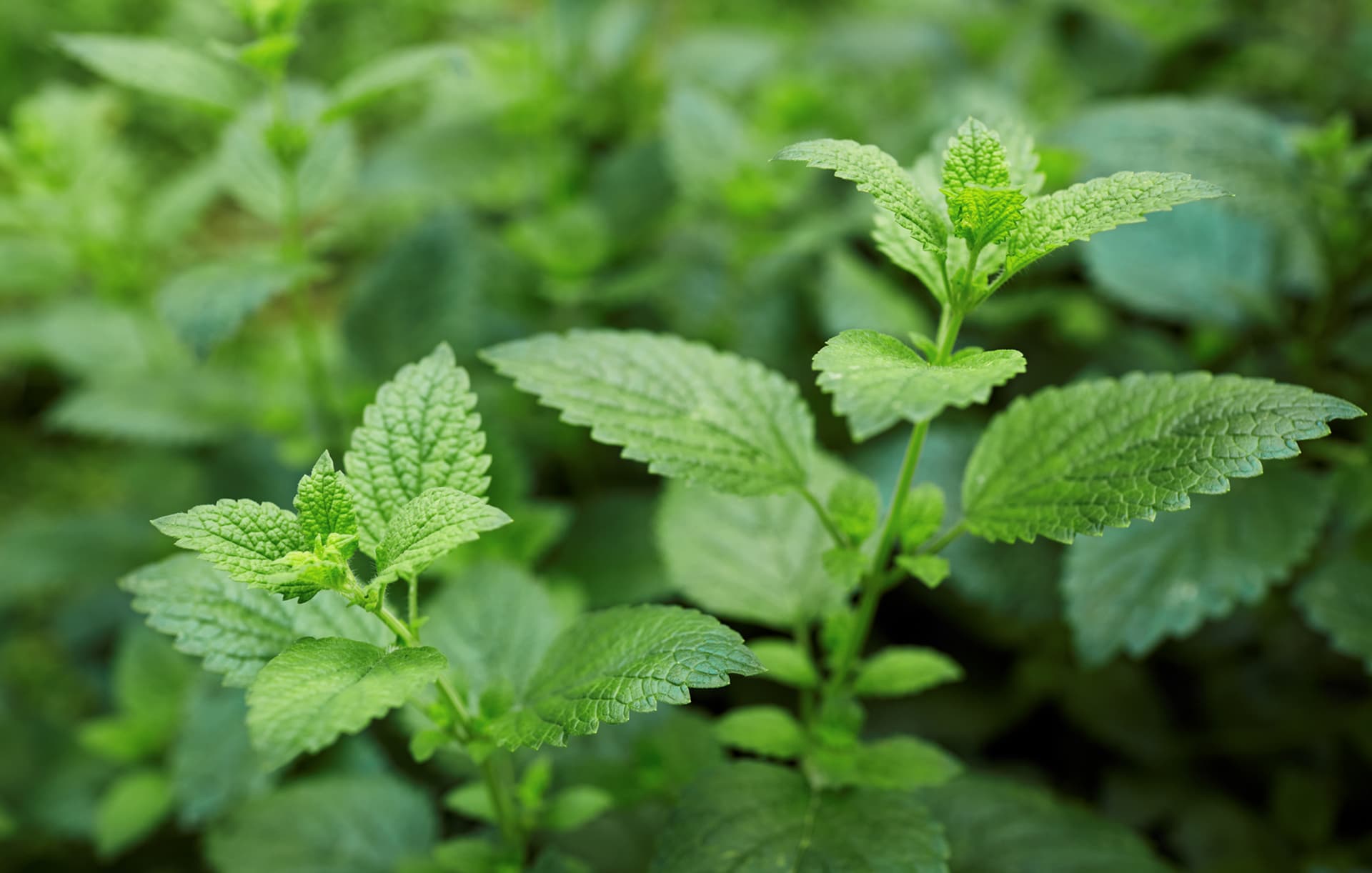



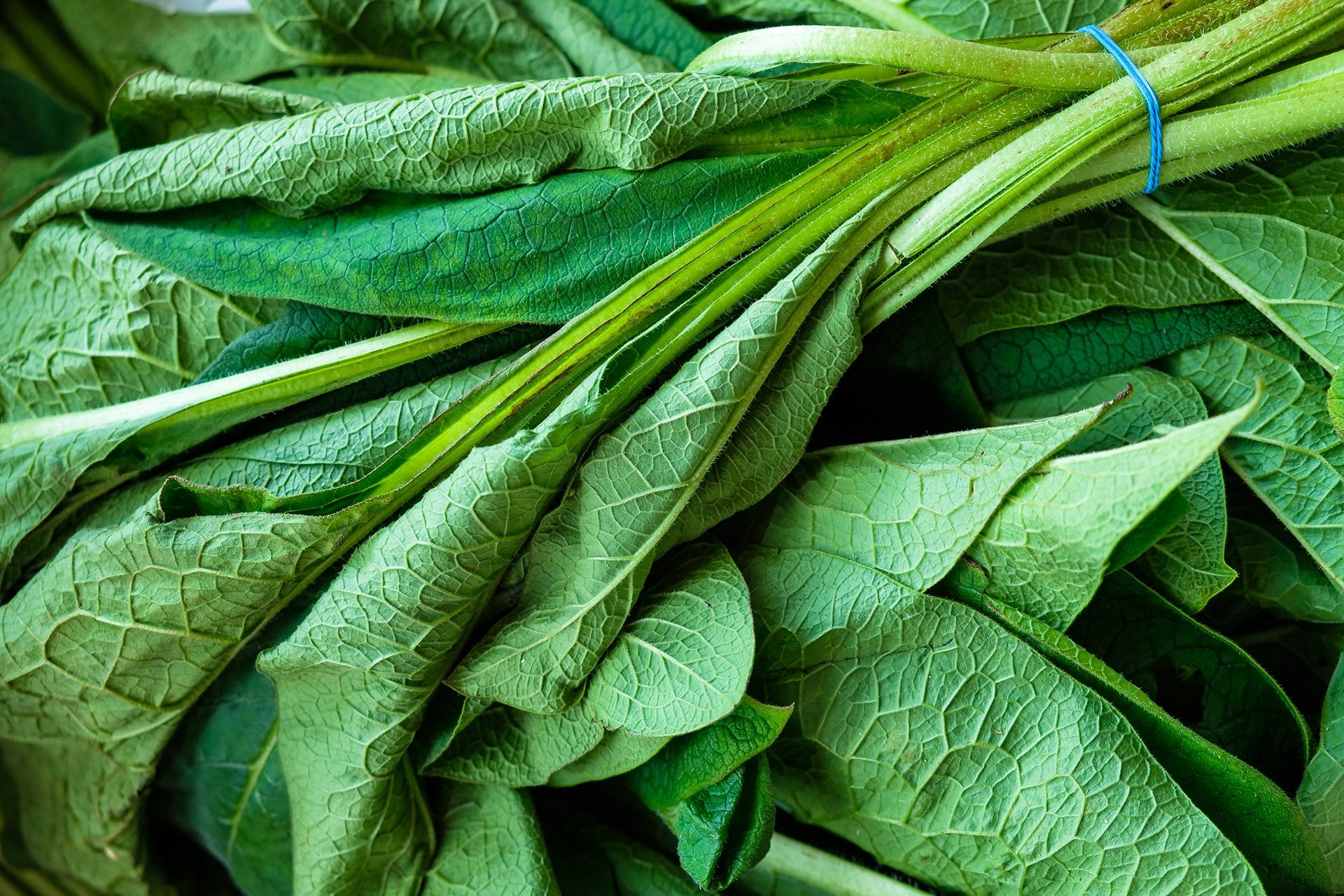

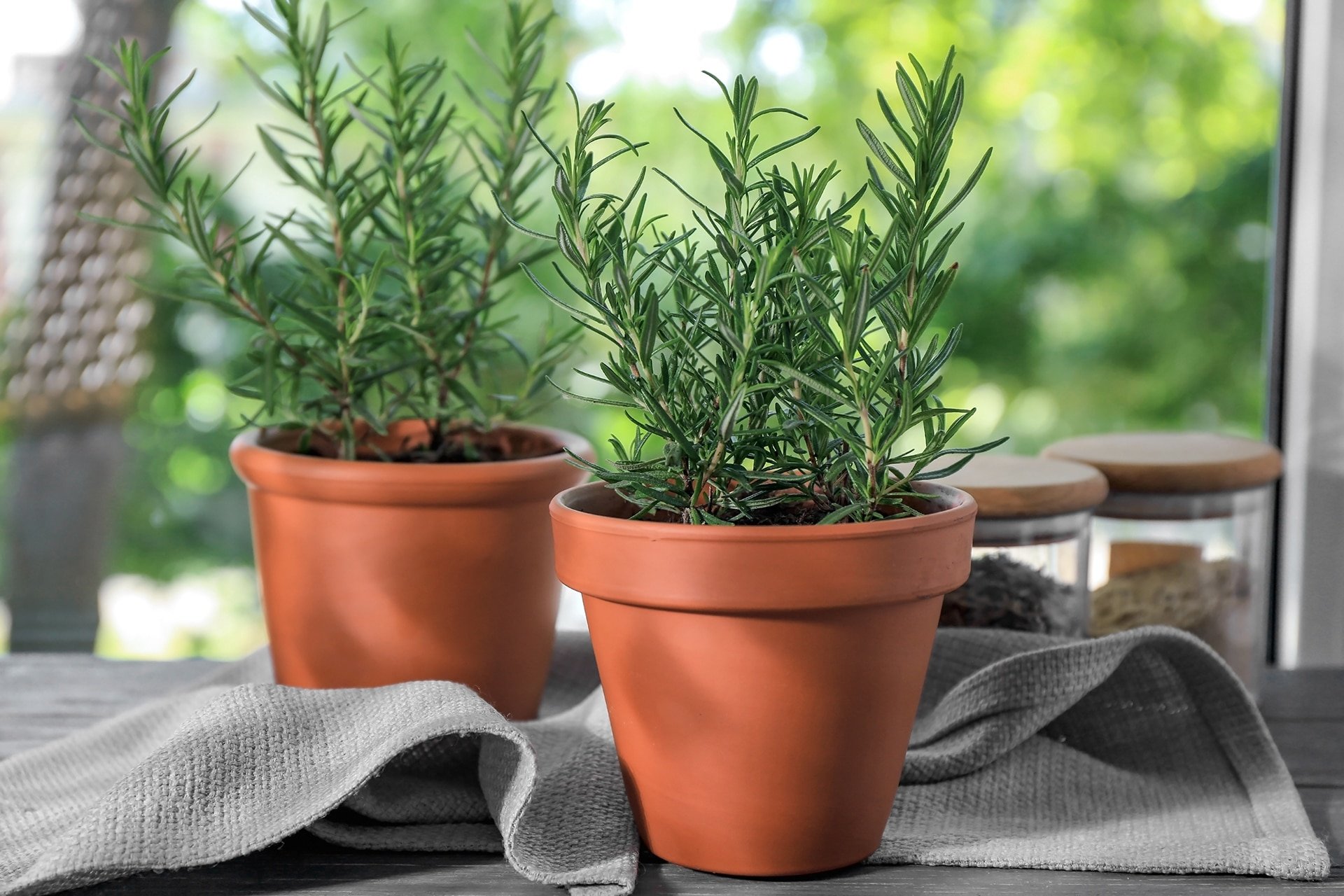

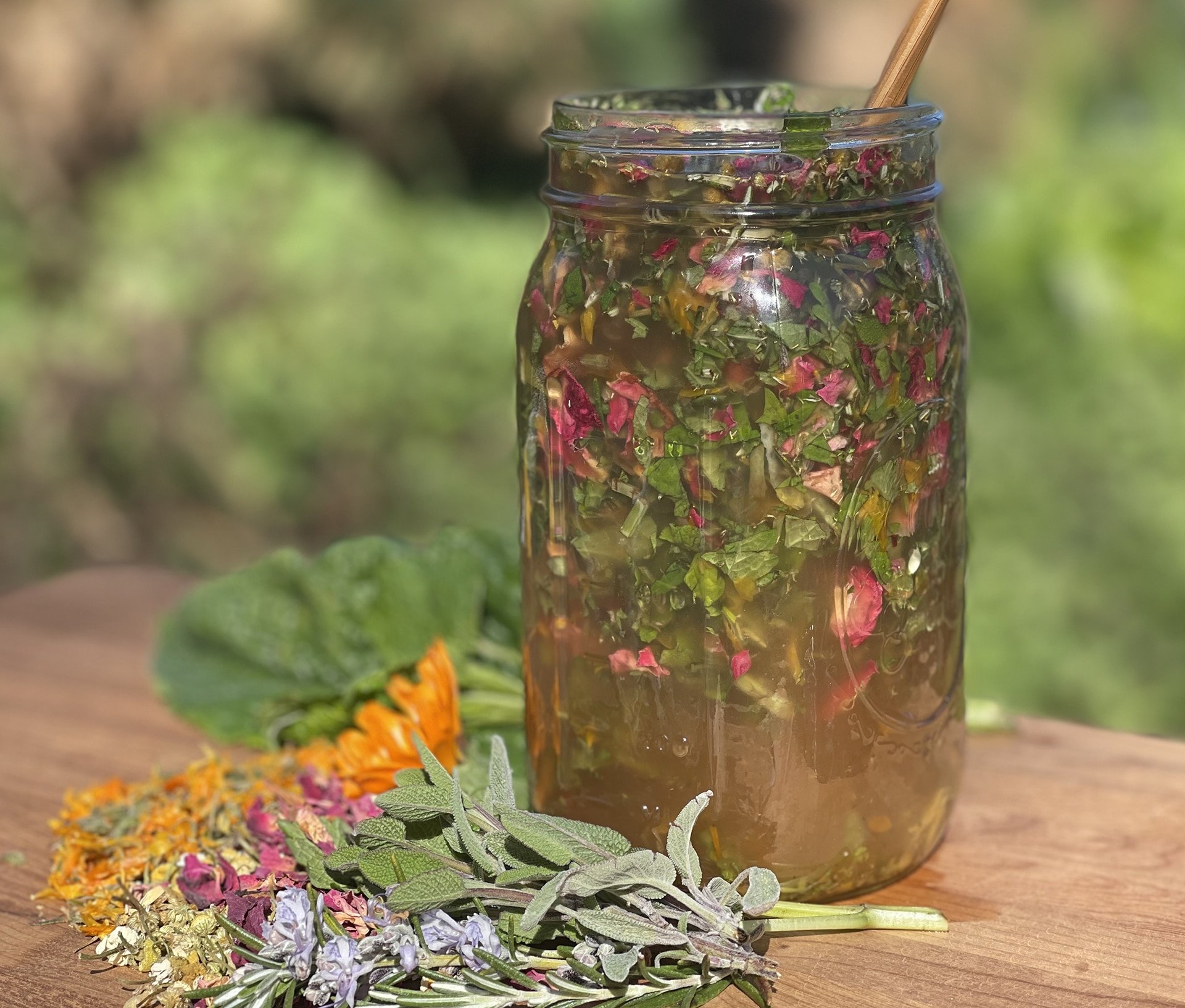

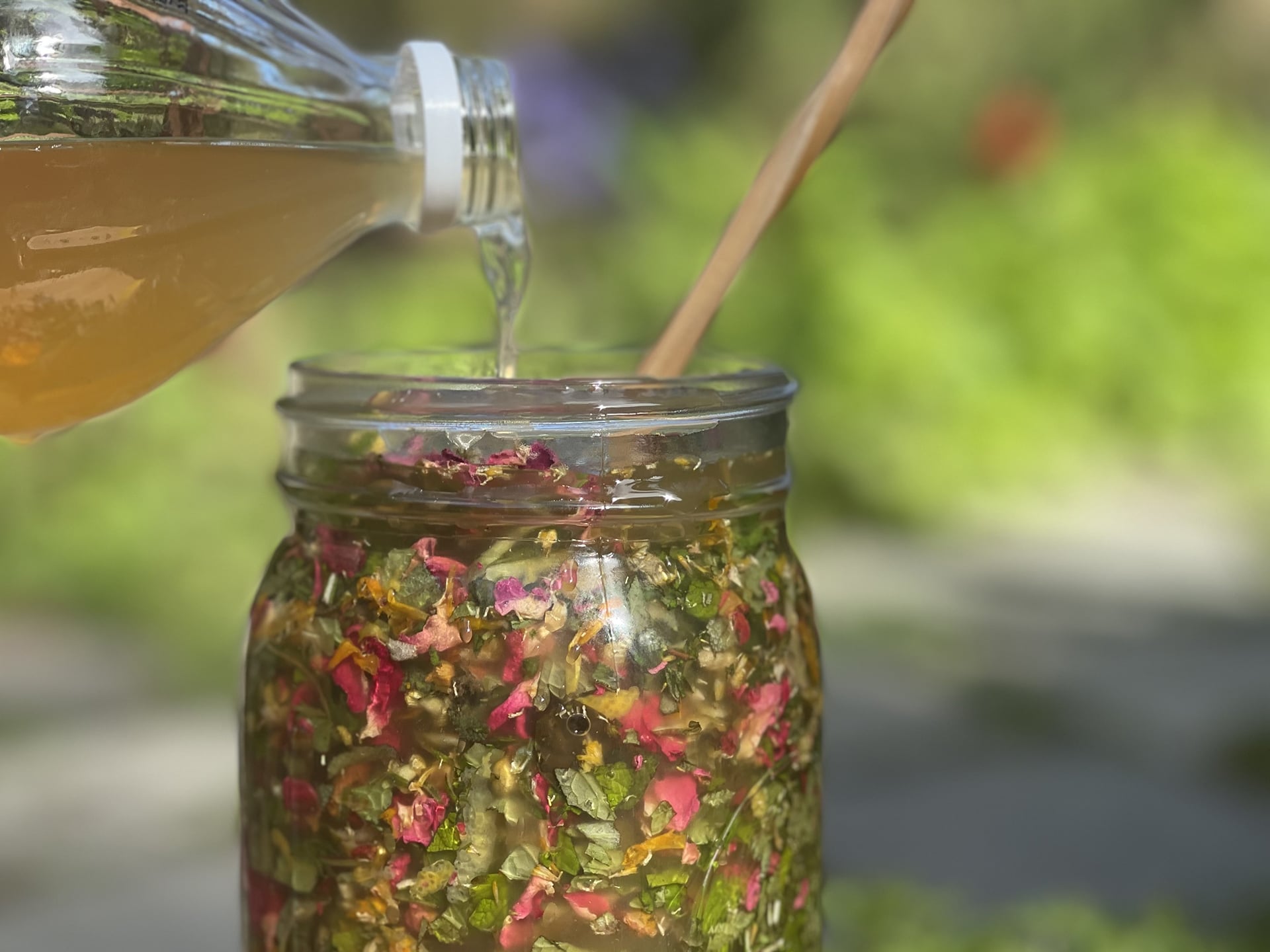
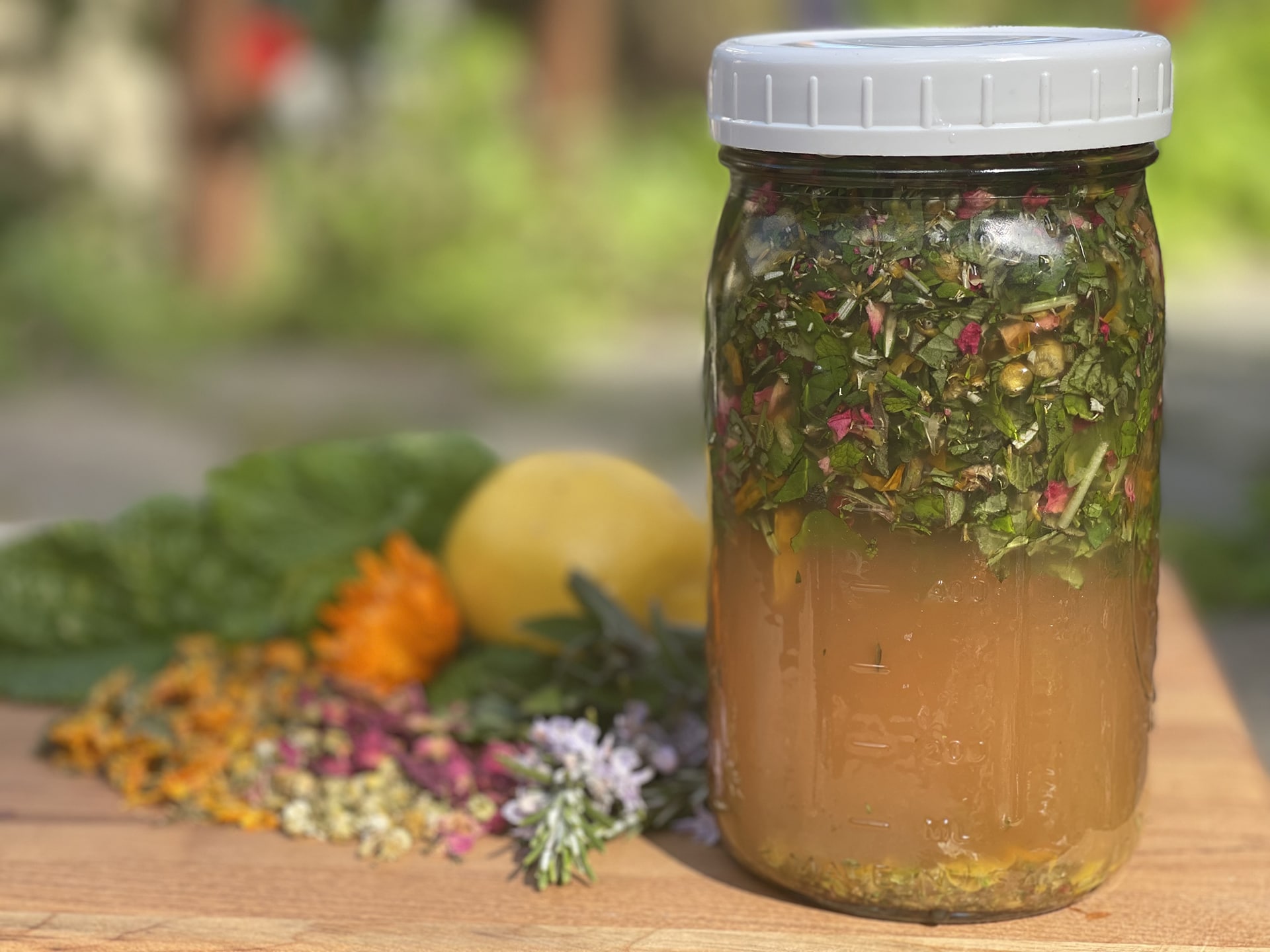






I want to thank you for all of the information keep giving us for free. If I had to pay for it all I would not be able to live the herbal life I would like. Thank you so much for all your effort and time.
Remember, be kind, be calm and be safe, :-)
Respectfully
Shelagh Drew (drewgida(1))
Smile, maybe someone will smile back, :)
You are so very welcome! We are so glad you are enjoying the content!
I’ve having trouble getting the PDF download for some reason. Usually it’s so easy but this time it’s redirecting me to the remedy vault but then I don’t see it there.
This remedy for acne sounds like something I would have liked to have known about back in my teenage years. Those acne cleansers and other treatments for the face were brutal on the skin and sometimes even made it a whole lot worse and break out more. I like the fact that this recipe has more natural ingredients. This is the first of its kind I have encountered that actually addresses issues of this sort. Thank you for the recipe.
You are so welcome. This is such a beautiful recipe to put together and it has been very effective and nourishing for me. I’m glad to share it here.
I also appreciate this site. And love it when Kimberly has Rosemary on as a guest speaker. I’ve been making (and sharing) Rosemary Gladstars facial cream almost 30 years, recipe from “Herbal Healing for Women” and absolutely love the feel on my face. I’ve given countless jars away. So I’m anxious to try the facial cleanse. Side note: Rosemary’s use of castor oil packs is priceless and I continue to use them frequently. Her knowledge and insight is amazing. Her desire to help and share her wealth of knowledge is much appreciated. Me, like the previous writer appreciate helpful hints when resources are at a minimum and you desire to keep doctors at bay.
I love Rosemary’s cream as well, and definitely agree with you about Rosemary’s knowledge, goodness and generosity!
Could I infuse these herbs into hemp oil? I am allergic to vinegar of all types it gives me dermatitis. I have an Ardent FX for infusing herb into oil. Hemp oil is the only oil I can use; I am also allergic to olive oil.
thank you.
Hi Wendy. You could certainly try infusing the herbs into hemp oil. I’ve not worked with that oil before, so I can’t be sure of the results. You will likely want to use dried herbs when infusing in oil because the water content of the plants can easily make oils go rancid. I’d love to hear how your experiment turns out!
Hello Kimberly, thank you for this beautiful recipe. Sorry if I should know where else to find it, but do you have a recipe or link to your clay, oatmeal and poppyseed scrub? I can probably throw it together, lol, but some guidance would be appreciated! Thank you again!
The clay, oatmeal, poppyseed scrub is another of Rosemary’s recipes. She calls it Miracle Grains and it contains 2 cups white clay, 1 cup finely ground oats, 1/4 cup finely ground almonds, 1/8 cup poppy seeds, and 1/8 cup finely ground roses. Mix them all together and store in a jar. To use mix 1 or 2 teaspoons of the mixture with a little bit of water to make a kind of paste you can rub onto your face. Rinse with warm water.
I’m excited to try this. I agree with sue, those cleansers and treatments were harsh for acne when I was a teen. Now that I’m peri menopausal I have an issue with itchy acne now and then and hope this may help. Thank you for sharing the recipe! I’ve been enjoying this site for over a year now and have learned so much.
Peri menopause is definitely another time when hormones can impact our complexions. I hope this recipe proves beneficial for you. I know it helped me through that time.
This looks like a great cleanser! I’ll make some when most of the ingredients will be ready in my flower and herb bed in another month. Would it work for rosacea too? i have occasionally outbreaks. Am in my late seventies.
thank you!
Hi Tikki. I do not have experience using this for rosacea. I’d love to hear if you find it helpful if you do experiment with it. I know you’ll love making it with your fresh herbs and flowers!
Beautiful recipe, thank you for the reminder to make some for my teenagers… I often bring Rosemary’s books while I’m at the farmers market as reference for folks wanting more info o herbs. Blessed be, everyone!